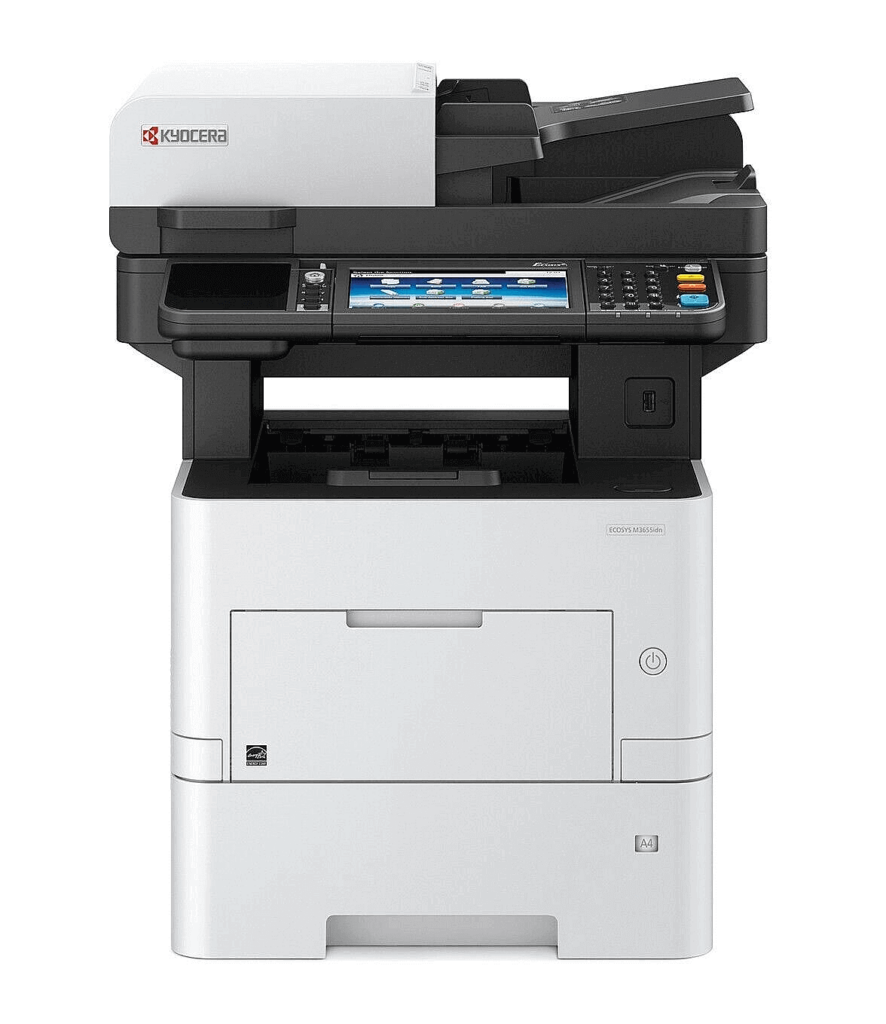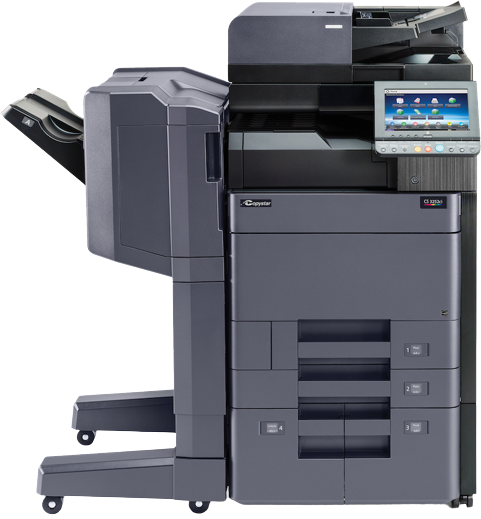From Footprint to Functionality: The Role of Copier Dimensions in Philadelphia Workplaces
Copier Dimensions in Philadelphia Workplaces
In the bustling world of business, the copier stands as an unsung hero. From the heart of Philadelphia to the corners of New York and London, these machines have been pivotal in ensuring that business services operate seamlessly. The office environment, especially in the Philadelphia area, has seen the printer or copier evolve from a mere machine to an essential product that defines the pace at which a company functions.
Over the years, the dimensions of copiers have undergone significant changes. In the 1980s, copiers were bulky, occupying significant space in offices. However, as technology advanced, manufacturers like IBM began to design more compact models, ensuring that office spaces could be utilized more efficiently. In this blog post you will learn copier dimensions in Philadelphia workplaces
The Significance of Copier Footprint Industry in Workspaces
- Defining ‘Footprint’: In the context of copiers, ‘footprint’ refers to the physical space a copier occupies within an office. It’s not just about the dimensions but also about how the machine integrates with the overall office design.
- Impact on Office Space Utilization: As businesses in places like Philadelphia and Brooklyn grow, there’s a pressing need to ensure that every square foot of office space is used optimally. A copier with a smaller footprint can free up space for meeting rooms or additional workstations. This is where business solutions offered by various companies come into play, ensuring that the balance between machine size and office space is maintained.
- Balance Between Size and Functionality: While a compact copier might save on space, it shouldn’t compromise on functionality. Modern copiers, especially those used in commercial and professional settings, need to print, copy, and scan efficiently. The challenge for manufacturers is to ensure that size reduction doesn’t hinder the machine’s performance.
Historical Perspective: Office Copier Dimensions Over the Years
The journey of the copier industry is a testament to technological evolution and adaptation. Over the past few decades, this industry has undergone significant transformations, reflecting the changing needs of businesses and consumers alike.
From Standalone to Multifunction
In the early days, copiers were simple, standalone devices with a singular purpose: copying. They occupied significant space and had limited functions. But as the digital revolution took hold, these machines evolved. The introduction of digital technology paved the way for multifunction devices. These modern copiers, apart from copying, became adept at printing, scanning, and even sending emails, becoming indispensable assets in offices worldwide.
Technological Advancements
The drive to make copiers more efficient and space-friendly led manufacturers to invest robustly in research and development. This investment bore fruit as innovations emerged in software integration, advanced operating systems, and digital processing capabilities. These technological leaps not only reduced the physical dimensions of copiers but also enhanced their functionality, ensuring they remained relevant and essential in an ever-evolving business landscape.
Philadelphia Workplaces: A Case Study
Philadelphia, known for its rich history and vibrant business culture, offers a unique perspective on the role of copiers:
- Office Spaces in Philadelphia: The city boasts a mix of traditional business centers and modern co-working spaces. The diverse nature of these workplaces demands a range of copier dimensions in Philadelphia, from compact models for small startups to industrial-sized machines for large corporations.
- Copiers in Corporate Culture: In Philadelphia, the copier is not just a machine. It’s a hub where employees gather, discuss projects, and even share a light moment. It’s integral to the city’s business culture.
- Prioritizing Copier Dimensions in Philadelphia: Businesses in Philadelphia understand the importance of space. Whether it’s a global corporation or a local startup, there’s a focus on ensuring that the copier’s footprint aligns with the office’s spatial needs.
The evolution of copier dimensions in Philadelphia reflects the changing dynamics of workplaces, especially in bustling cities like Philadelphia. As businesses continue to evolve, so will the machines that support their daily operations.
Functionality vs. Footprint: Finding the Balance
In today’s fast-paced commercial world, striking the right balance between functionality and footprint of office equipment, particularly copiers, has become a critical consideration. As businesses expand and evolve, especially in vibrant hubs like the Philadelphia area, the demand for efficient and space-saving equipment grows exponentially.
Size Concerns
While a sleek and compact copier can enhance the aesthetics of a contemporary office and optimize space, its true value is determined by its performance. Can it match the speed, reliability, and efficiency required for high-demand tasks, especially in bustling business environments?
Feature Requirements
The modern business landscape demands copiers that go beyond basic copying. Features like digital scanning, seamless mail integration, and compatibility with various operating systems are no longer luxuries but necessities. However, packing these advanced features into a compact design without compromising on performance is a challenge that manufacturers grapple with.
Assessing Business Needs
Every business, be it in the heart of New York or the scenic landscapes of Pennsylvania, has unique needs. Some might prioritize space conservation, especially in premium office locations, while others might emphasize performance, especially in high-volume settings. It’s crucial for decision-makers to evaluate these factors meticulously. Resources like Philadelphia Business Trends offer valuable insights, helping businesses make informed choices that align with their operational priorities and spatial constraints.
Commercial Copy Machine: Environmental Considerations
As the world becomes increasingly conscious of environmental sustainability, the copier industry has come under scrutiny for its environmental impact. This has led to a renewed focus on sustainable practices throughout the lifecycle of these machines.
Contribution to Sustainability
One of the most significant shifts in the industry has been the move towards designing copiers with smaller copier dimensions in Philadelphia. This approach has dual benefits. Firstly, using less material in production directly translates to a reduced environmental burden. Secondly, when these machines reach the end of their life, they result in less waste, making disposal more eco-friendly. These changes don’t just benefit the environment; they also resonate with the modern ethos of businesses aiming for a sustainable operational model.
Manufacturing and Disposal
Over the years, manufacturers have adopted greener practices, sourcing sustainable materials and reducing emissions during the production process. But the journey doesn’t end once the copier is sold. The end-of-life phase of a copier, including disposal and recycling, is equally crucial. While strides have been made in sustainable manufacturing, the industry grapples with the challenge of disposing of old copiers in an environmentally friendly manner. Resources like History of Copiers offer a comprehensive look into these environmental considerations, charting the industry’s progress and the challenges that lie ahead.
What People Also Ask
Why are copier dimensions important for office spaces?
Copier dimensions in Philadelphia play a pivotal role in optimizing office spaces, especially in bustling cities like Philadelphia. A well-sized copier ensures efficient space utilization, allowing for a more organized and productive workplace. It’s not just about the physical space but also about how the machine integrates with the overall office dynamics.
How have copier dimensions evolved over the years?
Over the years, copier dimensions in Philadelphia have seen a significant transformation. From the bulky machines of the 1980s to the compact multifunctional devices of today, the evolution has been driven by technological advancements and the changing needs of businesses. Companies like IBM have been at the forefront of this evolution, introducing designs that cater to modern office requirements.
What are the environmental implications of copier sizes?
The size of a copier directly impacts its environmental footprint. Smaller copiers use fewer materials in their production, leading to reduced waste. Additionally, as businesses globally move towards sustainable practices, the emphasis on producing compact, eco-friendly copiers has grown. However, it’s essential to consider the entire life cycle, from manufacturing to disposal, to understand the full environmental implications.
Conclusion
In the ever-evolving landscape of the business services industry, the role of copiers has been pivotal. From the bustling streets of New York to the historic corners of Philadelphia, these machines have transformed the way businesses operate. The Philadelphia area, with its rich blend of commercial and cultural spaces, from campus settings to museums, has witnessed this transformation firsthand. Companies like IBM have been instrumental in this journey, introducing innovative solutions that balance design and functionality.
The digital age, marked by the rapid growth of the internet and the proliferation of software systems, has further emphasized the importance of copiers. Their evolution from the bulky devices of the 1980s to the multifunctional machines of 2020 showcases the industry’s vision for a more efficient workplace. This transformation hasn’t been without challenges. The technical intricacies, from installation to maintenance, and the need for security in an increasingly digital world, have made the machine operator’s job more complex.
Yet, amidst these challenges, the customer experience remains paramount. The speed at which these machines produce, the programs they integrate with, and the overall management of their lifecycle are testament to the industry’s commitment to excellence. As we reflect on the past, from the bygone days of 2009 to the present, it’s evident that copiers, in all their forms, have been more than just machines. They’ve been partners in growth, symbols of progress, and cornerstones of the modern workplace.
If you are looking copier or printer lease in Philadelphia, 1800 Office Solutions provides you best deals. Contact Us Now.













